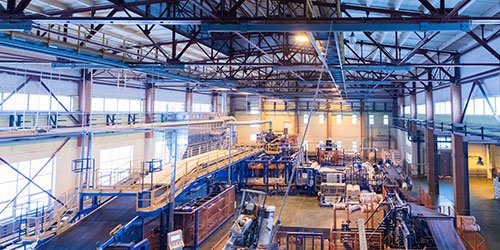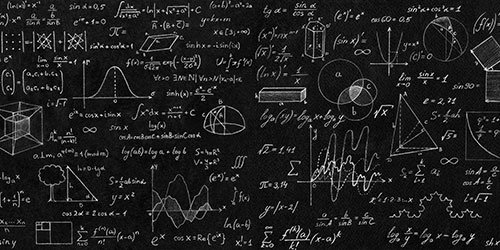Severe Duty Electric Motors: IEEE 841 Then and Now
When NEMA established IEEE 841 in 1986, “rugged duty” motors could simply mean motor parts were cast iron or coatings and shafts were constructed to resist moisture and rust. Each motor manufacturer defined “severe duty” motors differently. This left users without a measurable standard to specify a motor, and exposed to the danger of not knowing when to choose a severe duty motor. In this article we’ll focus on IEEE 841, why it was created and its importance in setting benchmarks for motor diagnostics.
Leading motor manufacturers today produce a distinct line of motors fully compliant with this newer Standard. When compared to the older TEFC (Totally Enclosed, Fan Cooled) Standard, IEEE 841 motors are sometimes labeled “NEMA Premium®”. Process environments like paper, metals, chemical industries and any outdoor environment should use these type of motors. IEEE 841 is a standard that defines severe duty motors for harsh environments and is globally accepted.
Electric Motor Diagnostics and Analyses
Electric motor diagnostics measure motor performance and predict problems before they occur or become worse. When a motor should be meeting the Standard, but is not performing as intended, electric motor diagnostics identify the cause and source of poor motor performance. A complete diagnostic routine includes three types of analysis: Motor Current Signature Analysis(MCSA), Vibration Analysis and a Thermal Audit.
Electrical overcurrent is a prominent indicator for determining why a motor is failing or under-performing. In this case, an MCSA records current readings and can detect problems long before other analyses. All rotating equipment vibrates to some degree, leading to mechanical malfunction due to loose components, rubbing parts or bearing failure. A Vibration Analysis detects signs of wear and damage, especially common as motors reach the end of electrical life. Lastly, motor heat causes thermal conditions increasing risk of electronic failure. Here a Thermal Audit measures heat levels within the motor’s enclosure and also considers dirty air or wet environments affecting motor health. Motor Current Signature, Vibration Analysis and Thermal Audits can help avert motor repair or replacement.
Replace or Service Your Electric Motor?
Your electric motor is under-performing or not working at all. Should you get it serviced or replace it? About 90% of your motor costs go toward power. Repairing your motor can give short term savings, especially if it’s properly sized and carries the right duty rating for the application. Sometimes, replacing your motor is the best way to guarantee better performance and long-term savings.
Need help selecting NEMA motors?
There’s no shortage of distributors who can sell you a motor, and there are just as many motor repair shops. If you are deciding between servicing or upgrading (e.g. TEFC to IEEE 841), EECO motor experts can help. Our motor repair shops are equipped to help maximize the life of existing motors while improving their performance. If new motors are called for, our motor technical specialists can advise the best solutions to meet your budget and business objectives.
Need help getting started?
Ask about EECO’s Onsite Services and Reliability Program. If you are unsure where to start, download our Motor Repair Service Center Selection and Evaluation Guide. Or consider our one-day motor evaluation program. For a fixed price we’ll test as many motors as possible in one day and deliver a report of motor status. We have many more tools to help motor maintenance professionals establish a new standard for electric motor maintenance and reliability programs.
Or consider our one-day motor evaluation program. For a fixed price we’ll test as many motors as possible in one day and deliver a report of motor status. We have many more tools to help motor maintenance professionals establish a new standard for electric motor maintenance and reliability programs.










